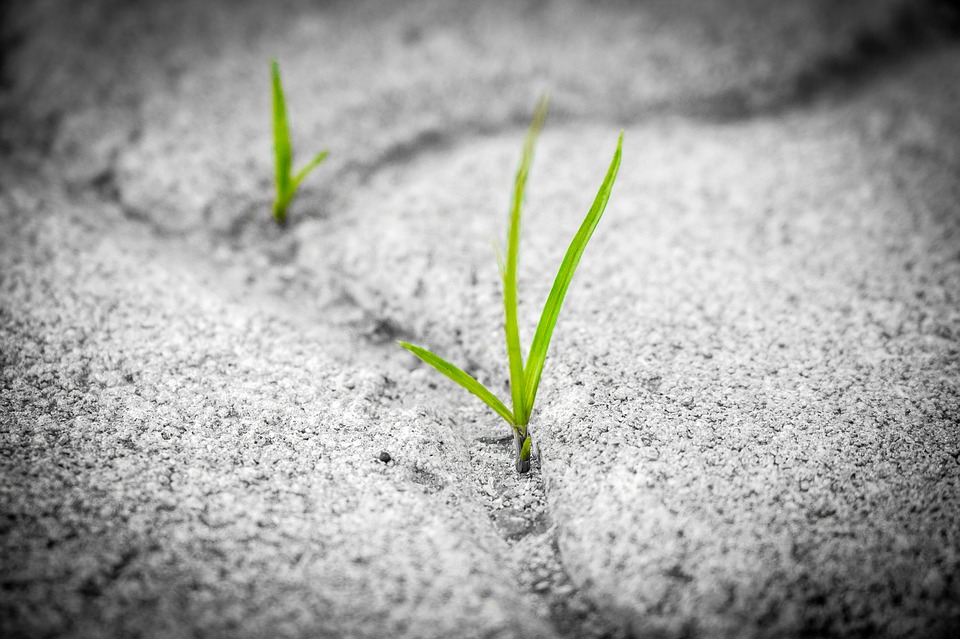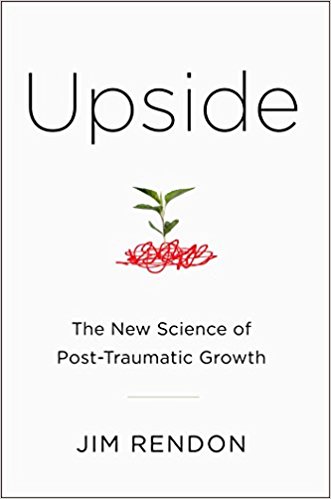
life rearranges itself to compensate for your loss, sometimes wonderfully.”
– Hanya Yanagihar
Post-traumatic growth is the recognition that however horrific our experiences, we as human beings have incredible ability to adapt, survive and integrate, to grow stronger… and then turn around and use that experience to help others.
This has caused Echo to change the way we teach about trauma. If all we’re doing is telling people how their toxic stress is going to kill them then we’re only adding to the problem. If we can point to the very real evidence of resilience and post-traumatic growth in people’s lives and in their communities, we all become inspired, celebrating our strengths and moving forward with a renewed sense of purpose.
At our conference, March 21 & 22, 2018 you will be able to hear Jim Rendon talk about what he learned from interviewing survivors and researchers for his book on post-traumatic growth. In the meantime, we wanted to share with you some of what we have been learning from the research in the first of a two-part article.

Brutally Honest Optimism
Optimism reduces our sense of helplessness when things feel out of control. It also allows motivates us to take constructive action. However this is not the Pollyanna, unicorns and rainbows, “everything’s going to be okay” brand of optimism (although we often need to hear that everything’s going to be okay even if we don’t really believe it).
Late Vice Admiral James Stockdale was one of the ‘Hanoi Hilton’ prisoners in Vietnam, whose 8 years of imprisonment included long years in solitary confinement with the lights on 24 hours a day. Talking about his ability to survive this incredible ordeal he said: “You must never confuse faith that you will prevail in the end—which you can never afford to lose—with the discipline to confront the most brutal facts of your current reality, whatever they might be.”
When asked who did not get out alive he replied, “Oh that’s easy. The optimists. They were the ones who said, ‘We’re going to be out by Christmas.’ And Christmas would come, and Christmas would go. Then they’d say, ‘We’re going to be out by Easter.’ And Easter would come, and Easter would go. And then Thanksgiving, and then it would be Christmas again. And they died of a broken heart.”
Perception of Control Over Events
No one likes being stuck in limbo. If there’s something you can do, even if it’s to channel your anxiety by cleaning the kitchen floor or to offer a tissue to someone in distress, we all feel better when we can take action. What makes an experience traumatic is that we were not able to control the circumstances that led to us being harmed in some way. Recovery is about regaining control.
- Primary control is taking action to change a situation, for example by reporting a sexual assault.
- Secondary control is changing your orientation to a situation. For many people, this can be finding meaning and purpose in the aftermath of trauma, such as by using their experiences to help others.
One of the most glorious aspects of post-traumatic growth is learning how to become empowered. Once you’ve decided that you will advocate for yourself and take steps to keep yourself safe, you no longer identify as a victim but as a survivor who is strong and in control of his/her life.
Coping Style
What is your coping style? Do you immediately start problem solving and planning (active coping) or do you head out to the movies to escape into a fantasy world (avoidance coping)? Both approaches can be helpful, but avoidance is only good for giving yourself a break short-term – long term it turns into denial, which takes a toll on your body and prevents you from ever truly living in the present because you are so busy stuffing down your past. The type of coping style that is the best predictor of post-traumatic growth is ‘acceptance and positive reinterpretation.’ This is characterized by optimism and humor. ‘Keep calm and carry on’ does not speak to me of my British compatriots’ stoicism during World War II but of the ability to crack jokes even as the sirens are wailing.
Strong Sense of Self
Having a strong sense of self depends on having a purpose in life, high self-esteem, and being able to create a coherent narrative. Without being able to make sense of our story, we cannot integrate it, learn from it, or get a distance from it. As Daniel Siegel points out, a coherent narrative prevents us from unconsciously repeating the lack of connection we experienced with our parents in our relationship with our own children.
A strong sense of self is also predicated on ‘ego strength.’ What is that and how do you get it? I think Erik Erikson provided the best answer in his description of the stages of human development. I will leave you with his theory, which reads to me like a poem about how to raise healthy children:
Hope emerges from trust versus mistrust
Will from autonomy versus shame and doubt
Purpose from initiative versus guilt
Competence from industry versus inferiority
Loyalty from identity versus identity confusion
Love from intimacy versus isolation
Care from generativity [contribution] versus stagnation
Wisdom from integrity versus despair
Watch for the second part of this article:
“The Five Domains of Post-Traumatic Growth”

